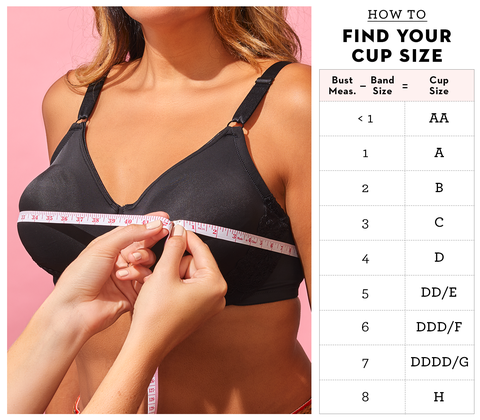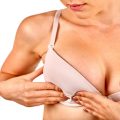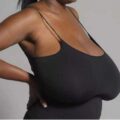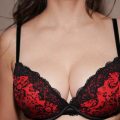A bra, short for brassiere is a form-fitting undergarment designed to support or cover a woman’s breasts. Bras are designed for a variety of purposes, including general breast support, enhancing breast size, creating cleavage, or other aesthetic or practical considerations.
Swimsuits, camisoles, and backless dresses may have built-in breast support with supportive bra cups. Nursing bras are designed to facilitate breastfeeding. Some people have a medical and surgical need for brassieres, but most wear them for fashion or cultural reasons. There is no evidence that bras prevent breasts from sagging and one study even suggests the opposite (weakening of the breasts’ supportive tissue), with the exception of wearing them during sports exercises.
Bras have gained importance beyond their mere functionality as a garment. Women’s choices about what kind of bra to wear are consciously and unconsciously affected by social perceptions of the ideal female body shape, which changes over time. Bras have become a fashion item and cultural statement that are sometimes purposefully revealed by the wearer or even worn as outerwear, and possess a physiologic aspect.
Bras and breast development
Breast development is a vital part of a woman’s reproduction. Breast development happens in certain stages during a woman’s life: first before birth, again at puberty, and later during the childbearing years. Changes also happen to the breasts during the menstrual cycle and when a woman reaches menopause; in all these stages, different kinds of bra are used.
When does breast development begin?
Breasts begin to form while the unborn baby is still growing in the mother’s uterus. This starts with a thickening in the chest area called the mammary ridge or milk line. By the time a baby girl is born, nipples and the beginnings of the milk-duct system have formed.
Breast changes continue to happen over a woman’s life. The first thing to develop are lobes, or small subdivisions of breast tissue. Mammary glands develop next and consist of 15 to 24 lobes. Mammary glands are influenced by hormones activated in puberty. Shrinkage (involution) of the milk ducts is the final major change that happens in the breast tissue. The mammary glands slowly start to shrink. This often starts around age 35.
Do breasts hurt when they grow? If so, why?
Yes, breasts can hurt when they grow. Breasts grow in response to the hormones estrogen and progesterone. As you enter puberty, levels of these hormones increase. Your breasts begin to grow under the stimulation of these hormones. Hormone levels also change during the menstrual cycle, pregnancy, breastfeeding, and menopause. Hormones cause a change in the amount of fluid in your breasts. This may make your breasts feel more sensitive or painful, a smaller bra size might increase sensitivity and pain.
Should my breasts be the same size?
Most women have variances in the size of their breasts. It’s normal for a woman’s breasts to slightly differ in size, or even vary by whole cup sizes. This is especially common during puberty, when your breasts are still growing. Even a large difference in size is generally not a health concern.
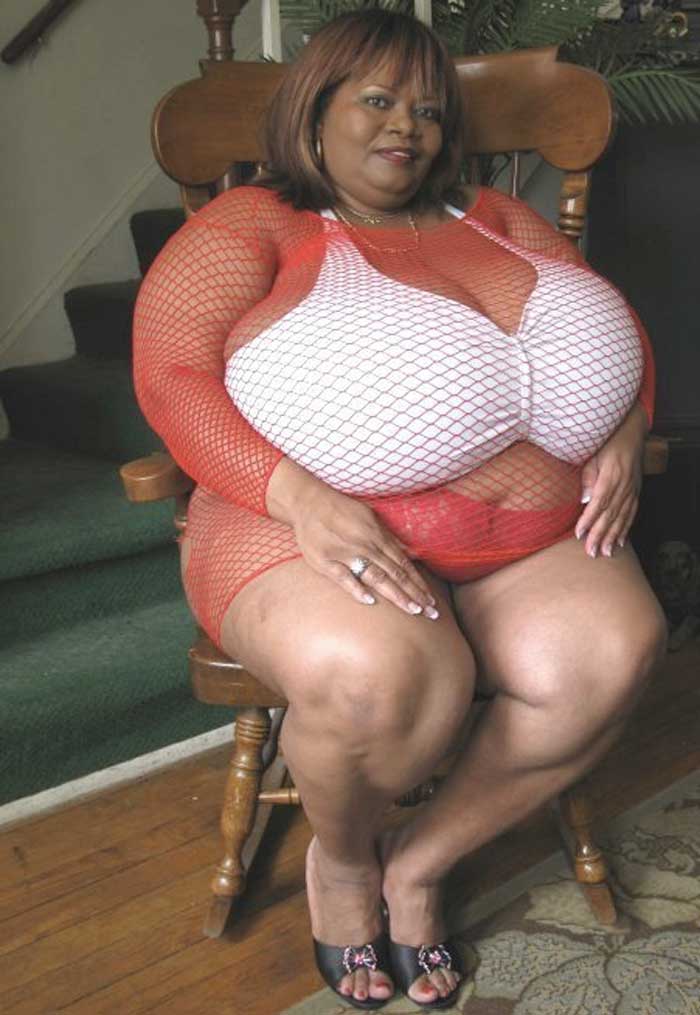
What’s The Biggest Bra Size?
The largest Bra size in the world is size 102 ZZZ and it belongs to Annie Hawkins-Turner, the woman with the largest natural breasts in the world. Originally from Atlanta, Georgia, Annie Hawkins-Turner, boasts the world’s largest natural breasts. Her gigantic size 102 ZZZ breast weigh nearly 85lbs, each heavier than the average four-year-old child.
She also holds the Guinness World Record for largest natural breast size (48V). She wears a U.S.-size 52I bra, but based on her measurements, she has a 109.22-centimeter (43-inch) bust and 177.8cm band measurement.
Tips for Finding the Right Bra Size and Fit
Most of the support comes from the band: cups hold the breasts in place, but the band is responsible for about 90 percent of the actual support (strapless bras exist for a reason). So while the straps may seem like they’re there to hold up your bust, they are really there to help keep your cup flush with your body and to shape your breast.
You need to know your size and your sister size: there’s a wide variation in how bras of the same size will fit from brand to brand, even from one style to another. That’s why experts say women should know both their true size and their sister sizes. If a bra doesn’t fit in your regular size, it might work in your sister size. The rule of thumb is as follows: If you go up in the band, go down in the cup and vice versa. For example, a 32C could possibly fit a 30D or a 34B. If you’re a 34C, you might find bras that fit better in a 36B or a 32D.
There’s an equation for figuring out your band and cup size: your bra size is a ratio that combines the measurements of your cup (letters AA-M) and band size (numbered 28-44). It’s a really good idea for any woman to get a professional bra fitting at a boutique, you might be surprised what a bra expert will tell you, such as you’ve been wearing the wrong size your whole adult life. You can also measure yourself at home with some tape.
If your breasts are two different sizes, round up: it’s totally normal and really common to have one breast that is bigger than the other. If the difference is significant enough that it makes bra shopping even more complicated than it already is, experts suggests fitting to the larger breast. If you want, you can even out the appearance by adding a bra cutlet to the smaller breast, or getting a bra with removable pads and taking them out on the big side.
The band should be snug, not suffocating or loose: when you’ve got the right band size, you should be able to fit your finger between your back and the strap with only about an inch of stretch. Your band is too small if the underwire is squeezing or digging in your breast tissue. But looser is not better when it comes to support.
Different bra styles and materials serve different purposes: ideally, your bra options should complement your wardrobe. You want styles that are versatile, but comfortable enough to take you from day to night. You also want multiple bras so that you don’t stretch a bra out too fast. Visit can visit Amazon and buy various sizes of bra
Conclusion
Bras that are too small may cause breast pain because of how sensitive some girls’ breasts can be as they grow. And bras that are too big won’t offer enough support, which could also lead to discomfort if your breasts move or bounce around too much. Find a bra that’s the right size for you and comfortable to wear. Also Read: Can A Fallen Breast Rise Again


